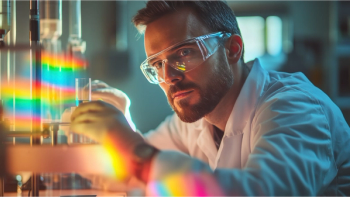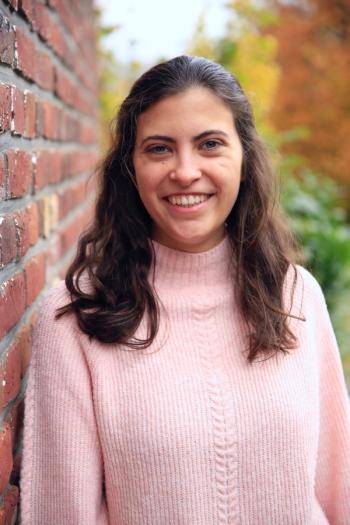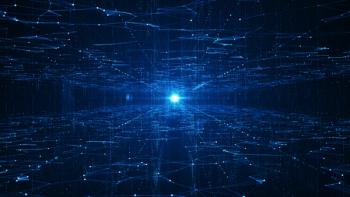
Seeking More Effective Methods for Recyclable Waste Classification
Lei Yang, a professor at Hefei University of Technology, outlines how her team is using laser induced breakdown spectroscopy (LIBS) to analyze recycling.
Finding more effective methods for classifying recycling is key for environmental protection. This ensures that all recyclable waste like plastic and glass, are properly disposed.
Researchers from Hefei University of Technology in China are searching for more effective methods of analyzing recyclable waste. The team
LIBS is an atomic emission spectroscopy technology that detects the elemental composition of the sample based on emission spectra, the researchers wrote in the study. Unlike many spectroscopic techniques, LIBS technology is not impacted by the environment or lighting, or other factors such as the sample’s shape or color.
Spectroscopy spoke with Lei Yang, an author of the study and a professor at Hefei University of Technology, about how LIBS technology could improve the classification of recyclable items.
Why is classifying waste a growing challenge for environmental protection?
The growth of the population and the improved living standards have led to a sharp increase in both the categories and quantities of waste. Excess waste will cause serious environmental pollution and loss of resources if it is not properly managed and disposed of. In fact, many so-called wastes also have a significant value if recycled. By using waste classification management, we can maximize the utilization of waste resources, reduce the amount of waste disposal, and improve the quality of the general living environment. Waste classification is an urgent issue that needs to be addressed for environmental protection.
Why is laser induced breakdown spectroscopy a good technique for identifying and classifying recyclables?
LIBS is a technology for identifying the elemental composition of the sample. The purpose of identifying and classifying waste is to reduce environmental pollution, and more importantly, to reuse recyclable waste resources. Resource reuse is generally classified based on the composition of waste. Therefore, identifying and classifying methods based on composition analysis will yield high accuracy in waste sorting. Compared to other methods, LIBS technology is not affected by the ambient environment and light, sample shape, and color, and without preprocessing of the sample, which can provide automatic real-time detection, high-precision identification, and classification for recyclable waste.
What other methods are typically used to analyze waste and why is LIBS better?
The methods based on the differences in physical properties of waste—such as electrostatic separation and eddy current separation-—image-based waste classification method, and artificial classification method, are used to analyze waste. Their classification results are inaccurate due to the influence of background, light, geometry, color of waste, and other factors. Infrared spectroscopy, hyperspectral imaging, and fluorescence spectroscopy are also used to analyze waste, but these techniques need to have clean and prepared waste samples in advance and therefore cannot realize automated real-time detection. Compared to these methods, LIBS is not affected by the ambient environment and waste samples and provides fast and accurate analysis, which gives it an advantage in waste classification over other analytical techniques.
What challenges did you face during this research?
In our work, it is a challenge to use only a LIBS system without adding other auxiliary instruments to collect spectra of plastics, glass, and other wastes. However, surprisingly, for most of the waste samples, a simple LIBS system can collect sufficient useful spectral information for sample identification and classification.
What are you planning to work on next?
We are continuing our research in this area. Firstly, we will increase the category and quantity of test waste. Secondly, the waste subclassification will be mainly researched to meet the needs of refined classification for waste recycling and processing factories. Furthermore, we hope to deepen the understanding of transparent glass detection with LIBS.
This interview has been lightly edited for length and clarity.
Newsletter
Get essential updates on the latest spectroscopy technologies, regulatory standards, and best practices—subscribe today to Spectroscopy.





